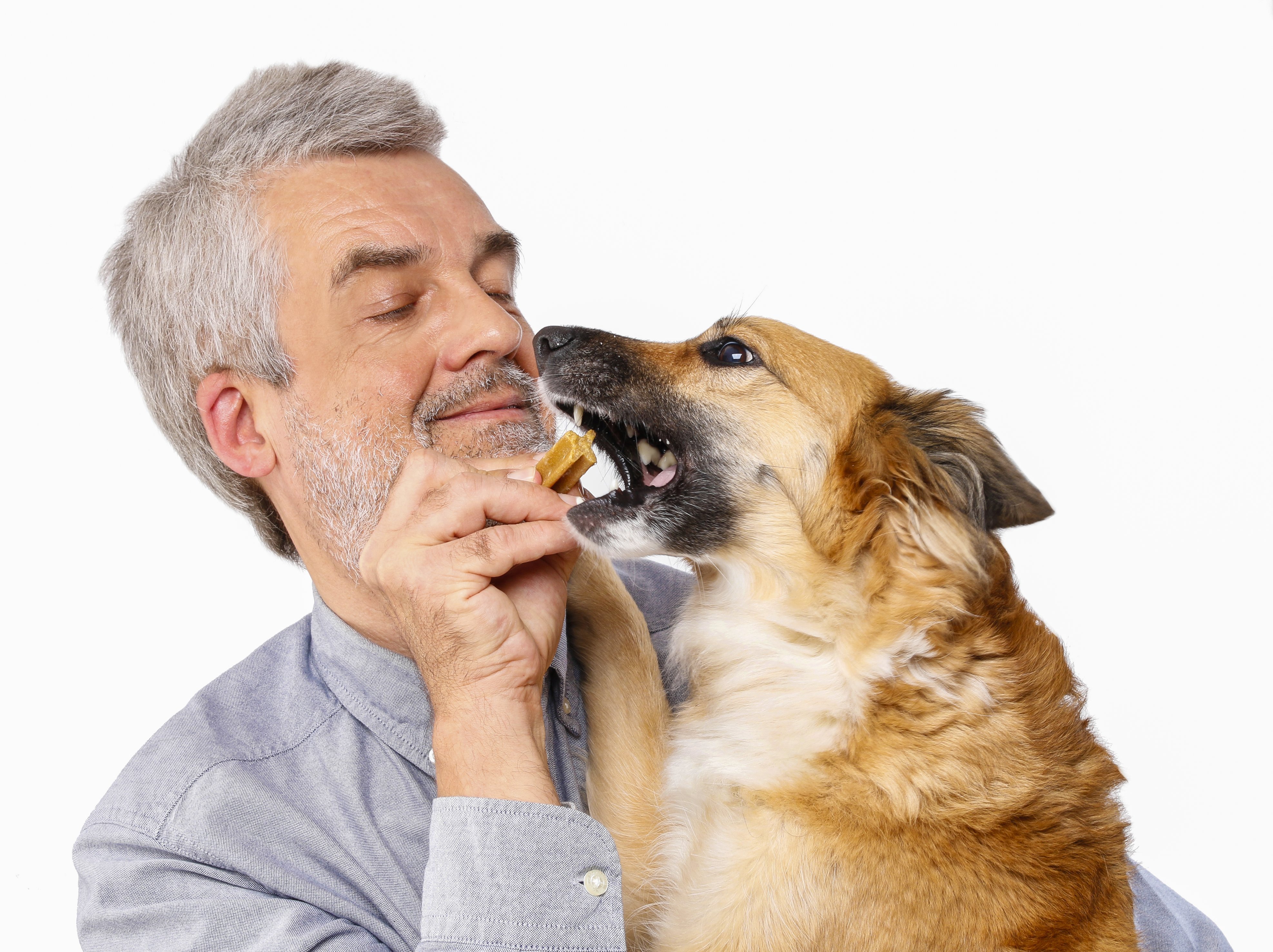Lipoma is one of the few diseases that can also affect cats in addition to dogs, and the good news is that they are relatively harmless, but that doesn’t mean that it’s not a bit frightening to suddenly feel a “lump” under a cat or dogs skin where there once wasn’t one. Plus, even though most lipomas will be harmless, until you know that is what you’re dealing with, you should always take any changes in your dog or cat seriously.
This is why we wanted to take a moment and discuss precisely what lipoma is and some of the dog and cat breeds most commonly affected by this condition.
Lipoma Defined
Lipomas are little (or significant, depending on the animal’s age) lumps of fat that you usually won’t be able to see – but you should be able to feel. Typically, they are common along the chest, shoulder, and underbelly but can appear anywhere on the dog’s body. Lipomas are lumps that usually move around (although some don’t, to confuse you). They are not quite the same as a Mast Cell Tumor (which affects about 20% of all dogs), which appears above the skin as brown warts.
The excellent news is…
They are both usually benign, but you should mention them to the vet anyway so they can test and double-check that the tumor is not cancerous. Additionally, unlike the Mast Cell Tumors, which can appear from birth, the Lipoma is likely to develop in middle-aged to elderly dogs as standard. They also have a propensity towards overweight dogs, particularly overweight female dogs. So if you have a ten-year-old, overweight female Labrador, the chances are it has at least one Lipoma somewhere on its body. The lumps are (or should be) covered in hair unless they are on the underbelly, where hair isn’t usually present.
That said, however…
If your dog has a hairless lump in a furry place, is discolored, or is rapidly changing shape, consult the vet with urgency, not that a Lipoma shouldn’t warrant a trip to the vet anyway. Structurally, Lipomas are a collection of fat cells and, therefore, harmless. Unless they grow so big that the dog can’t move properly, the chances are the vet will do a quick test to take a biopsy (to be on the safe side) and then send you home.
It is possible, however…
The lump is a soft tissue sarcoma or a Liposarcoma, both of which are cancerous and will need to be removed before radiation treatment is employed to stop them from growing back again. And to make sure you’re thoroughly confused, there is a third diagnosis that your veterinarian might consider. Lumps on the eyelids and around the anal area have a special designation: Sebaceous adenoma. These are usually benign, but your vet will want to ensure it isn’t cancer, as with every lump and bump on your pet.
Most Commonly Affected Breeds
A Fatty Cell Lipoma can occur in any dog at any time in their lives. If they are overweight, female, or elderly, they are most at risk. Besides that, these are the breeds prone to Lipoma development:
Treatment Options
The most common treatment for this condition is to do nothing. Unless the bumps annoy or inhibit the dog, treating them is unnecessary. Surgical removal is painful, presents the risk of infection, and is often fruitless since these benign tumors quickly grow back.
However…
Your vet will want to check every year that the lumps have not grown too large or have not become cancerous. To do this and to ascertain the original diagnosis, they will do a small biopsy in the form of an infiltrative test known as a needle aspirate. During this procedure, they will insert an excellent needle into the fatty tissue of the lump and extract some cells for analysis.
If the cells…
Are benign, you have nothing further to fear. If not, the veterinarian will want to have the lump surgically removed. Surgery may be your only option in this case. Your vet will want to repeat the needle aspirate test annually to monitor for change or growth. They could provide liposuction in extreme cases, but similarly to surgical removal, the lump will likely mass.
Lipomas affects around 16% of dogs and will incur ongoing medical bills by the year.
Which brings us to…
We want to remind folks that we at IndulgeYourPet are not doctors, veterinarians, or medical professionals. We are all a bunch of folks passionate about animals and only want what’s best for them. If you feel your pet may have lipoma (or any other health issue), you will want to have them checked out by a vet ASAP!
Because…
An early diagnosis will often lead to the “best” medical outcome for your pet regardless of what is bothering them, but beyond that, diagnosing a medical condition early could save you a bundle in medical costs! This is also why we here at IndulgeYourPet also recommend that any new pet owner take a moment and see what it might cost to purchase a pet insurance policy for your new animal.
Now, will a pet insurance policy be suitable for everyone?
No, probably not. But until you fully understand what these policies “will” and “won’t” cover and how much these pet insurance policies cost, how will you know if one might be right for you?
For more information on who we feel currently offers the “best” pet insurance policies out there, we would encourage you to check out our Best Pet Insurance Policies article.



